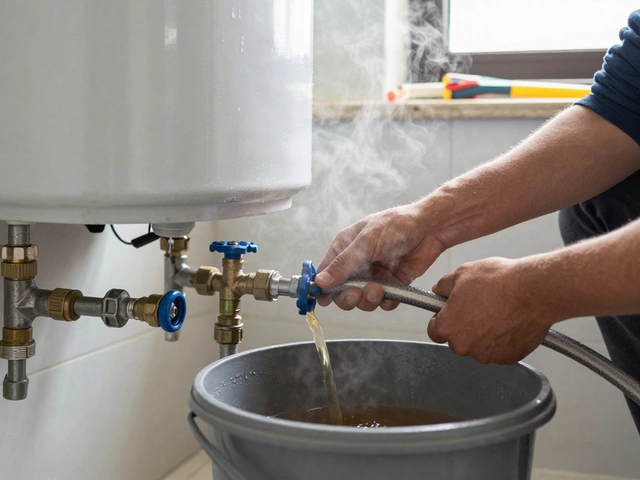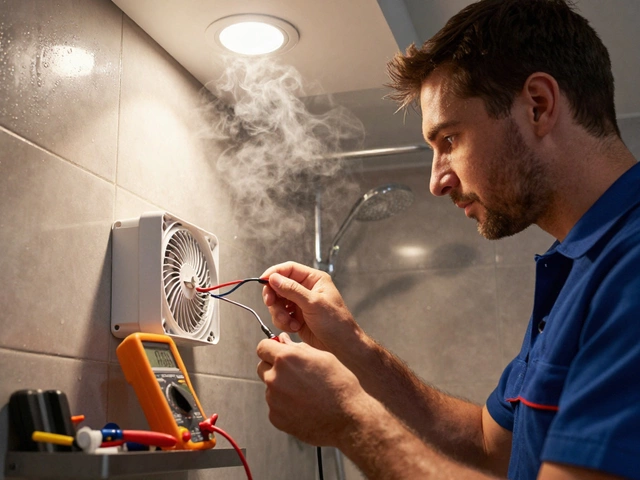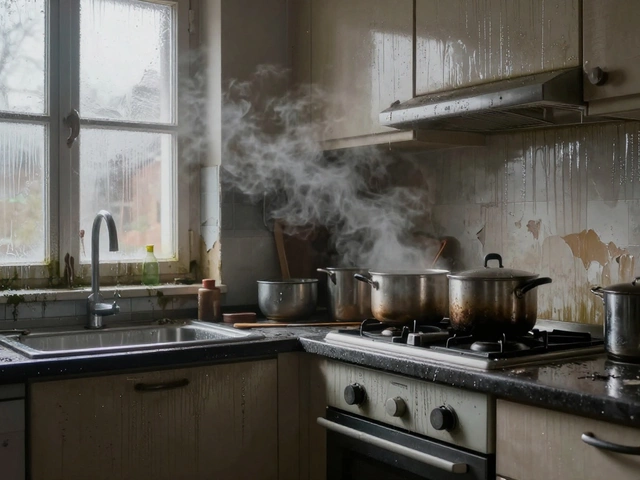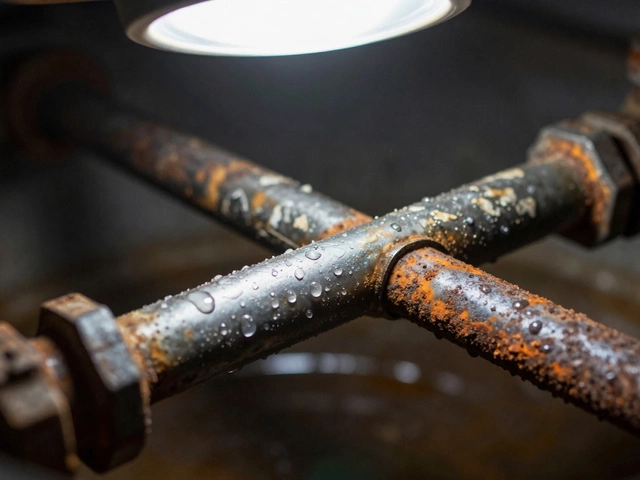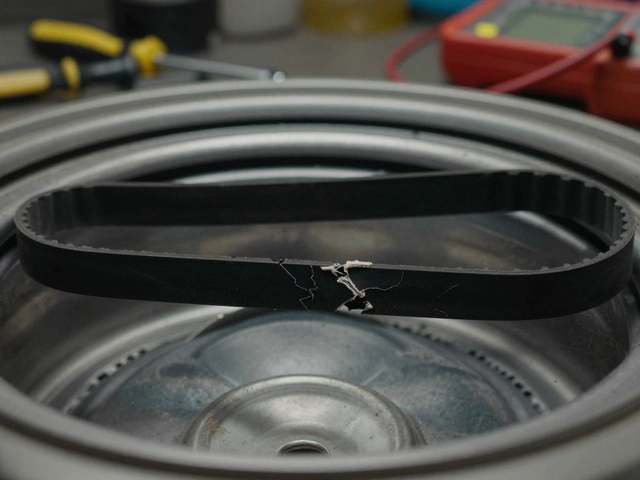Fan Troubleshooting: Simple Steps to Get Your Fan Running Again
Got a fan that’s silent, humming, or making weird noises? You’re not alone. Most fans stop working because of a few easy‑to‑spot issues. Below you’ll find a straight‑forward checklist that works for ceiling fans, portable fans, and extractor fans in kitchens or bathrooms.
1. Quick Visual and Power Check
First thing – make sure the fan actually has power. Plug a lamp into the same outlet or flip the breaker to see if it’s tripped. If the outlet is dead, reset the breaker or replace a blown fuse before you move on.
Next, look at the fan’s plug and cord. Loose wires, cracked insulation, or burnt smells are red flags. A damaged cord means you should stop using the fan and call a pro – trying to fix it yourself can be dangerous.
2. Clean, Inspect, and Test Moving Parts
Dust is the #1 enemy of fans. Over time, grime builds up on blades, motor housing, and the grill. Turn the fan off, unplug it, and wipe everything with a damp cloth. If you have an extractor fan, remove the filter and clean it; a clogged filter can stall the motor.
After cleaning, spin the blades by hand. They should turn freely. Stiffness usually means worn bearings or a loose blade. Tighten any loose screws, and if the blades still feel gritty, spray a light oil on the bearing shaft (use only a few drops).
For ceiling fans, check the pull chain or wall switch. A faulty switch can mimic a dead motor. Flip the switch a few times; you might hear a click that tells you the switch works. If not, replace the switch or the remote control module.
When the fan turns on but only hums, the motor may be jammed. Turn it off, wait a minute, then try again. If the hum persists, the motor’s capacitor might be dead – that’s a job for a qualified electrician.
Lastly, listen for any grinding or rattling. Those sounds often come from loose mounting brackets or damaged blades. Tighten the mounting bolts and replace any cracked blades. A snug, balanced fan runs smoother and lasts longer.
If you’ve gone through these steps and the fan still won’t work, it’s time to consider professional help. A licensed technician can test the motor windings, replace capacitors, and safely handle any electrical repairs.
Regular maintenance keeps fans from quitting unexpectedly. Wipe them down every few months, check the grill for buildup, and give the motor a quick spin to catch early wear. With these habits, you’ll extend the life of your fan and avoid costly repairs.
Remember, safety comes first. Never work on a fan that’s still plugged in, and don’t attempt motor rewinds unless you’re a qualified electrician. When in doubt, call Hinckley Home Appliance Repair Services – we specialize in fan repairs, extractor fan troubleshooting, and all other home appliance fixes. We’ll get your fan humming again without a hassle.
1 February 2025
·
0 Comments
Exploring the possibility of repairing exhaust fans can save you time and money. Whether it's a bathroom fan not clearing steam or a kitchen hood failing to remove cooking odors, understanding the fundamental aspects of troubleshooting can make a difference. This article provides practical advice, tips for identifying common issues, and possible solutions for various types of exhaust fans. Knowing when to repair and when to replace can empower homeowners to make the right decision for their specific situation. Dive into these expert strategies and become skilled at maintaining your exhaust fan.
Read more
14 December 2024
·
0 Comments
Kitchen extractor fans are crucial for maintaining a clean and exhaust-free cooking environment. Over time, these fans may face wear and tear, leading to reduced efficiency or even malfunction. This article delves into the possibility of repairing extractor fans, exploring common issues, repair techniques, and when it's best to consider professional assistance. Additionally, tips for regular maintenance will help ensure your kitchen fan continues to function optimally.
Read more



